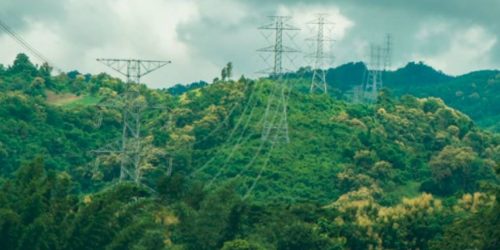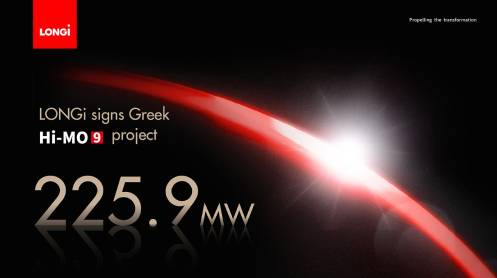A Kiwi technology start-up hopes its long-range wireless power transmission system will herald a brighter, cleaner future.
Emrod has developed a system which converts electricity into electro-magnetic waves that can be sent wirelessly to receivers to be converted back into electricity for use in homes and businesses.
In the long-term, founder Greg Kushnir believes the technology could reduce humanity’s dependence on oil by making electric air travel and shipping possible.
In the shorter-term, it’s being earmarked to deliver power to remote New Zealand homes and island communities, and to provide emergency power when power lines are down.
“Everyone seems to be fixated on the notion that energy comes to consumers as electricity over copper wires and I knew there had to be a better way,” said Kushnir, an Israeli who has made New Zealand his home.
“Energy generation and storage methods have progressed tremendously over the last century but energy transmission has remained virtually unchanged since Edison, Siemens, and Westinghouse first introduced electric networks based on copper wires 150 years ago,” he said.
Relays of antenna and receivers could move electricity around the country reducing the need to build and maintain expensive copper wire infrastructure, and could provide a simple solution to getting remote communities onto the grid.
The distances power could be transmitted wirelessly depended on the size of antenna and receiver, and there must always be a clear line of sight between them.
One such place Kushnir believed could benefit from the technology was Stewart Island, which he said was dependent on diesel generators for much of its power.
Underwater power cables were expensive to instal and maintain, he said.
“We have an abundance of clean hydro, solar, and wind energy available around the world but there are costly challenges that come with delivering that energy using traditional methods, for example, offshore wind farms, or the Cook Strait here in New Zealand requiring underwater cables which are expensive to instal and maintain,” Kushnir said.
Emrod had not invented the technology, but its innovation was developing it for use outside of the military and space industries, he said.
“This technology isn’t new. It’s been around for a few decades. About 50 years ago Nasa kept a helicopter drone in the air with a beam of energy from the ground.”
It was also being developed for military use in the US for keeping drones in perpetual flight.
Some world-changing technologies, such as the internet, had made the leap from military use to civil society use, Kushnir said.
“The developers of the internet didn’t have social media in mind, didn’t think search engines, or Instagram and Facebook. It really started changing people’s lives when it went from military to civil usage. I hope that’s what we are doing.”
The technology could also help to reduce the visual footprint of power transmission, Kushnir said, but he did not expect it to one day replace all copper wires.
“We can definitely get rid of pylons where they are most intrusive like natural reserves and forests where they get struck by branches every winter,” he said.
Antenna and receivers could be camouflaged, Dr Ray Simpkin of Callaghan Innovation said, who had developed the prototype for Emrod.
While high intensity electro-magnetic beams could be dangerous, they could be sheathed in a laser “curtain”, Simpkin said. When the laser curtain was interrupted by an object passing through it, the power would be momentarily shut off.
As the beam was fired from antenna to antenna, it did not come into contact with people, he said.
Wireless power transmission could also reduce transmission costs, Kushnir said.
“Hopefully that would be reflected in energy prices,” Kushnir said.
Powerco’s network transformation manager Nicolas Vessiot said the company was to see whether Emrod’s technology could complement existing power networks.
“We envisage using this to deliver electricity in remote places, or across areas with challenging terrain,” Vessiot said.
“There’s also potential to use it to keep the lights on for our customers when we’re doing maintenance on our existing infrastructure.”
Emrod will deliver a prototype to Powerco in October before moving to a field trial next year.





